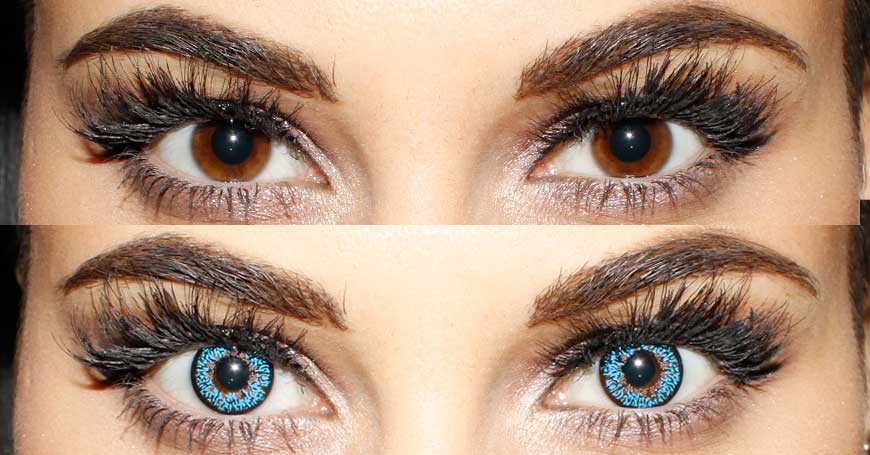

The melting point for ice is the same temperature. For example, liquid water turns to a solid form-ice-when it is cooled to 32 ☏ (0 ☌). That same temperature can be considered the melting point if the temperature is increasing and causes a solid to become a liquid. The temperature at which a liquid becomes a solid is called its freezing point. If it is cooled enough, water will freeze and become a solid. The water vapor will change back into liquid when cooled. The temperature at which a liquid turns into a gas is called its boiling point. For example, heat causes liquid water to evaporate, or turn into water vapor-a gas. This happens when a substance is cooled or heated to a particular point. Matter can change from one state to another. It can expand to fill a large container, or it can be squeezed into a smaller container. Matter in the gaseous state does not have either a set size or a set shape. The air and the helium used to fill balloons are examples of gases. For example, milk changes shape when a person pours it from a carton into a glass. However, its shape depends on its container. In the liquid state matter has a set size, or amount. Milk, orange juice, and water are examples of liquids. For example, when a person moves a book from a smaller to a bigger box, the book looks the same. A solid’s size and shape do not change easily. Matter in the solid state has a set size and shape. Rocks, books, desks, and balls are examples of solids. The three most familiar states are solid, liquid, and gas. 12, 2020.Matter exists in several different forms, called states.
DEFINE TRANSLUCENT PROFESSIONAL
If you have a personal or family history of Ehlers-Danlos syndrome and you're thinking about starting a family, you may benefit from talking to a genetic counselor - a health care professional trained to assess the risk of inherited disorders. Pregnancy can increase the risk of a rupture in the uterus. Some organs, such as the uterus and intestines, also may rupture.
DEFINE TRANSLUCENT SKIN
People who have vascular Ehlers-Danlos syndrome are at risk of often fatal ruptures of major blood vessels. Translucent skin is defined as an increased ability of the skin to pass light through it and allow typically hidden features such as veins or tendons to be more visible through the skin. Fragile skin may develop prominent scarring. For example, overly flexible joints can result in joint dislocations and early-onset arthritis. ComplicationsĬomplications depend on the types of signs and symptoms you have.

If you have the most common form, hypermobile Ehlers-Danlos syndrome, there's a 50% chance that you'll pass on the gene to each of your children. Causesĭifferent types of Ehlers-Danlos syndrome are associated with a variety of genetic causes, some of which are inherited and passed on from parent to child. The vascular type can also weaken the walls of the uterus or large intestines - which also may rupture. A rupture of any of these larger blood vessels can be fatal. Vascular Ehlers-Danlos syndrome can weaken your heart's largest artery (aorta), as well as the arteries to other regions of your body. In fair-skinned people, the underlying blood vessels are very visible through the skin. They also have thin, translucent skin that bruises very easily. People who have vascular Ehlers-Danlos syndrome often share distinctive facial features of a thin nose, thin upper lip, small earlobes and prominent eyes. The most common type is called hypermobile Ehlers-Danlos syndrome. Symptom severity can vary from person to person and depends on the specific type of Ehlers-Danlos syndrome that you have. For example, the stitches used to close a wound often will tear out and leave a gaping scar. Your skin might also feel exceptionally soft and velvety. You may be able to pull a pinch of skin up away from your flesh, but it will snap right back into place when you let go. Weakened connective tissue allows your skin to stretch much more than usual. Because the connective tissue that holds joints together is looser, your joints can move far past the normal range of motion. There are many different types of Ehlers-Danlos syndrome, but the most common signs and symptoms include:


 0 kommentar(er)
0 kommentar(er)
